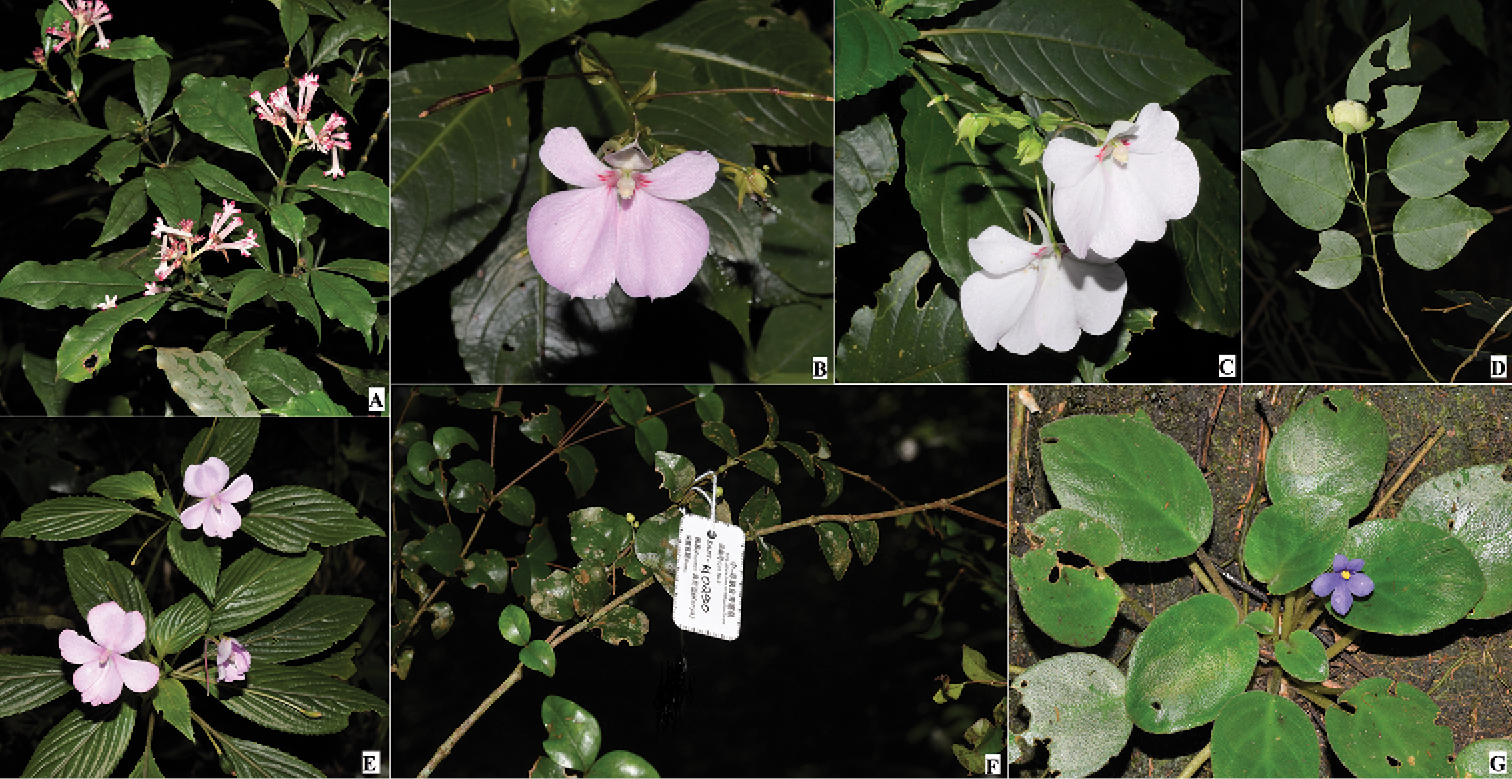
As a part of the global biodiversity hotspots, the Taita Hills forests, located in Taita Taveta County in southeastern Kenya, forms the northernmost tip of the Eastern Arc Mountains. They are highly fragmented forests embedded in a human settlements and farms on the slopes and hilltops, resulting in the loss of 98% of the original forest cover on those mountains.
Despite several botanical explorations and extensive floristic studies in these mountainous areas, there is a clear lack of sufficient literature on the flora and vegetation of the area. Through a joint effort of the Sino-Africa Joint Research Center (SAJOREC) and the National Museums of Kenya, several field expeditions were carried out between 2015 and 2019, with an effort put to expand geographical coverage to areas where plant collections were previously scarce.
Collected specimens are kept in the East African Herbarium of the National Museums of Kenya with duplicates deposited at the Herbarium of Wuhan Botanical Garden of the Chinese Academy of Sciences (CAS).
In this study, the researchers documented 1594 taxa, 709 genera, and 159 families of vascular plants within the Taita Hills, representing 25.33% of all vascular plants found in Kenya. Of these, 83 are threatened, 17 are endemic, 58 are near-endemic, and 59 are exotic taxa.
They also found that Euphorbiaceae, Orchidaceae, and Rubiaceae are the most important families in Taita Hills in terms of species richness, endemism, and conservation status as all of them have substantial numbers in all three categories. Although the hilltop fragments have often received more attention in terms of botanical surveys, they found that the hillslopes also exhibit a high degree of both species richness and diversity.

Despite their intensive degradation and a small area of occupancy, Taita Hills forests show a high degree of plant diversity, as well as rare and endemic plant species. There is a need for conservation efforts in the area both in terms of policy and research; e.g., a survey of all the forest fragments to ascertain clear demarcation boundaries thus preventing further encroachment, as well as creating a localized International Union for Conservation of Nature Criterion Red List to ascertain the degree of threat to Taita Hills species, as some species are not under threat globally but are facing localized extinction within the Taita Hills.
The Taita Hills have been part of the local community's culture and the people have utilized these forests for many years. More community-based conservation programs should be introduced to promote the sustainable utilization of renewable forest resources while promoting regeneration.
This study was published on PhytoKeys titled "An annotated checklist of the vascular plants of Taita Hills, Eastern Arc Mountain" and it was financially supported by grants from the National Natural Science Foundation of China, and SAJOREC of CAS.
Currently, the Wuhan Botanical Garden, in cooperation with the Kenya National Museum, has completed the compilation of vascular plants in Kenya's major plant diversity areas, including Mount Kenya, Cherangani Hills, Aberdare Ranges, Nandi Forests, coastal forests of Kenya and Taita Hills. These results provide important raw materials for the study and compilation of Flora of Kenya.

86-10-68597521 (day)
86-10-68597289 (night)

86-10-68511095 (day)
86-10-68512458 (night)

cas_en@cas.cn

52 Sanlihe Rd., Xicheng District,
Beijing, China (100864)

